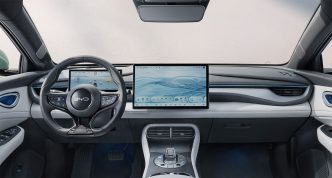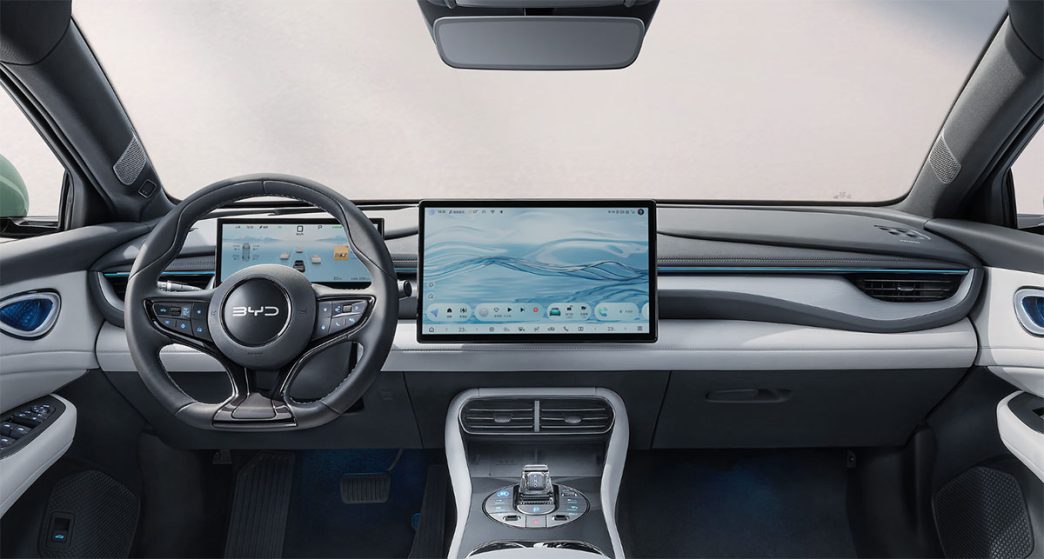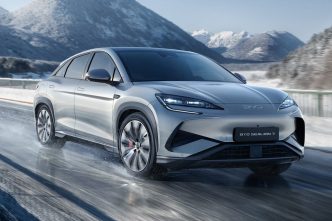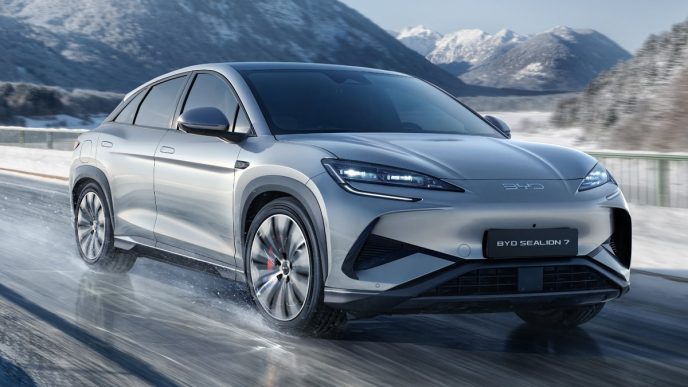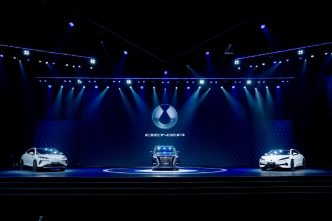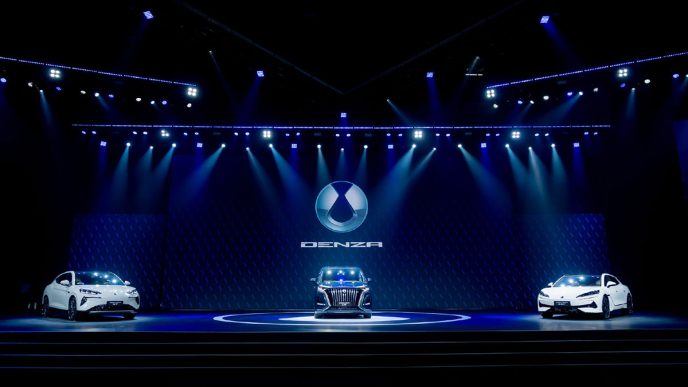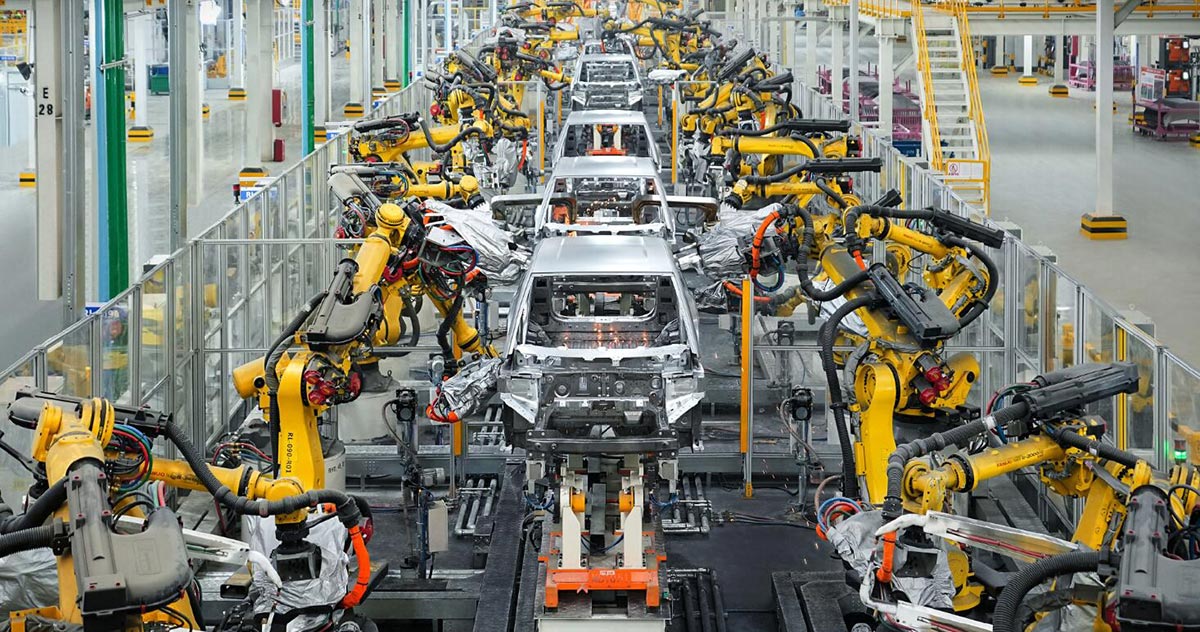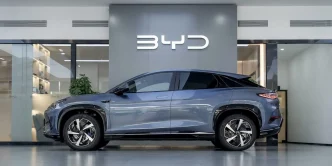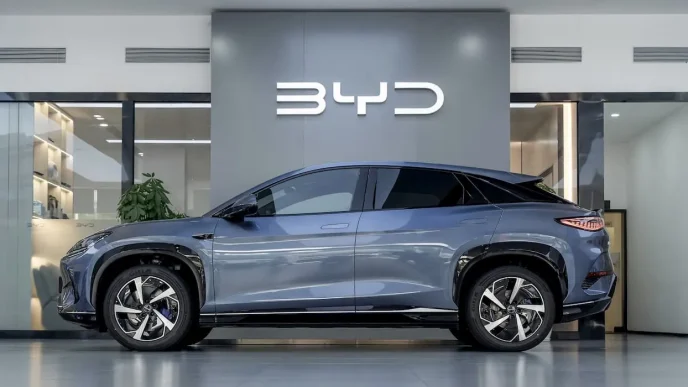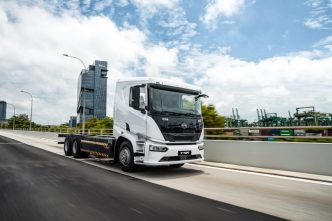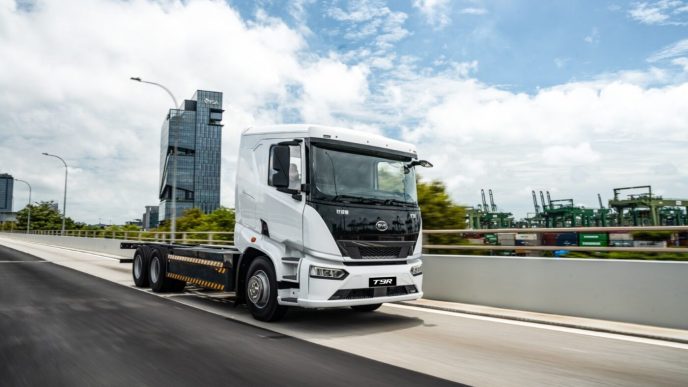In a strategic pivot to enhance its smart driving capabilities, BYD has initiated a significant team restructuring, mirroring similar moves by fellow electric vehicle manufacturers Nio, Xpeng, and Li Auto. According to a report from Jiemian, the company has established a forward-looking team dedicated to advancing end-to-end technology, a critical component for its future smart driving initiatives.
This newly formed team is spearheaded by Xu Lingyun, the previous leader of Tianxuan, BYD’s former unit responsible for research and development in smart driving technology. Currently, the team consists of fewer than 50 members and is still in its infancy. Meanwhile, BYD’s larger Tianlang team, which focuses on broader R&D efforts, will integrate the majority of personnel from Tianxuan. Led by Li Feng, the Tianlang team comprises over 1,000 staff dedicated to developing advanced smart driving solutions.
Recent leadership changes have also included Zhou Peng, a former Baidu technology executive, who briefly contributed to end-to-end model planning and control algorithm development but left the company in September. Given the high demands for infrastructure and data that accompany end-to-end technology, it may take some time before BYD’s new initiatives become fully operational.
As Tesla (NASDAQ: TSLA) has successfully demonstrated with its Full Self-Driving (FSD) V12, end-to-end AI technology is gaining traction across the industry, prompting major Chinese car manufacturers to explore similar pathways. In response, Nio, Xpeng, and Li Auto have all undergone team restructuring earlier this year to reinforce their smart driving frameworks.
Unlike conventional rule-based smart driving systems, the industry is increasingly leaning towards end-to-end AI technologies that can effectively address a broader spectrum of driving scenarios, thus enhancing the overall driver assistance experience. Currently, BYD’s Tianlang team is focused on crafting high-level intelligent driving solutions optimized for platforms with limited computational power, aiming to achieve adaptability across 50 different models by March next year.
BYD’s smart driving computing platform, known as DiPilot, is categorized based on its processing capacity. The DiPilot 100 platform accommodates vehicles with a processing power of 100 TOPS (Tera Operations Per Second) or less, utilizing Nvidia’s Drive Orin N chip alongside Horizon Robotics’ Journey 5 chip. The DiPilot 300 is powered by a single Nvidia Orin X chip, delivering 300 TOPS, while the DiPilot 600 operates on two Orin X chips, reaching an impressive 508 TOPS.
The automaker’s strategy includes rolling out highway-ready Navigate on Autopilot (NOA) functionality on the DiPilot 100 platform, along with city-ready, HD map-independent NOA on the DiPilot 600 platform. BYD’s city NOA feature is set to debut in luxury models under its Yangwang sub-brand by mid-next year.
Source: CNEVPOST

